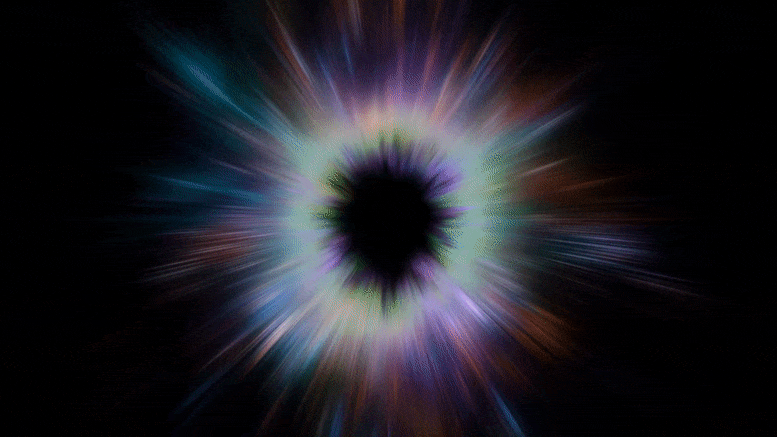Cutting-Edge Quantum Collaboration Gives New Gravity to the Mysteries of the Universe
4 Years, 2 Months, 2 Days, 12 Hours, 6 Minutes ago

Scientists have used cutting-edge research in quantum computation and quantum technology to pioneer a radical new approach to determining how our Universe works at its most fundamental level.
An international team of experts, led by the University of Nottingham, have demonstrated that only quantum and not classical gravity could be used to create a certain informatic ingredient that is needed for quantum computation. Their research “Non-Gaussianity as a signature of a quantum theory of gravity” was been published on February 17, 2021, in PRX Quantum.
Dr. Richard Howl led the research during his time at the University of Nottingham’s School of Mathematics, he said: “For more than a hundred years, physicists have struggled to determine how the two foundational theories of science, quantum theory and general relativity, which respectively describe microscopic and macroscopic phenomena, are unified into a single overarching theory of nature.
During this time, they have come up with two fundamentally contrasting approaches, called ‘quantum gravity’ and ‘classical gravity’. However, a complete lack of experimental evidence means that physicists do not know which approach the overarching theory actually takes, our research provides an experimental approach to solving this.”
This new research, which is a collaboration between experts in quantum computing, quantum gravity, and quantum experiments finds an unexpected connection between the fields of quantum computing and quantum gravity and uses this to propose a way to test experimentally that there is quantum not classical gravity. The suggested experiment would involve cooling billions of atoms in a millimeter-sized spherical trap to extremely low temperatures such that they enter a new phase of matter, called a Bose-Einstein condensate, and start to behave like a single large, quantum atom. A magnetic field is then applied to this “atom” so that it feels only its own gravitational pull. With this all in place, if the single gravitating atom demonstrates the key ingredient needed for quantum computation, which is curiously associated with “negative probability,” nature must take the quantum gravity approach.
This proposed experiment uses current technology, involves just a single quantum system, the gravitating “atom,” and does not rely on assumptions concerning the locality of the interaction, making it simpler than previous approaches and potentially expediating the delivery of the first experimental test of quantum gravity. Physicists would then, after more than a hundred years of research, finally have information on the true overarching, fundamental theory of nature.
Dr. Marios Christodoulou, from the University of Hong Kong who was part of the collaboration, added: “This research is particularly exciting as the experiment proposed would also connect with the more philosophical idea that the universe is behaving as an immense quantum computer that is calculating itself, by demonstrating that quantum fluctuations of spacetime are a vast natural resource for quantum computation.”
The research brought together experimental and theoretical physicists from a range of disciplines and international research institutions. The other authors are: Richard Howl, Vlatko Vedral (Oxford and Singapore), Devang Naik (CNRS, Bordeaux), Marios Christodoulou (Hong Kong and Oxford), Carlo Rovelli (Marseille) and Aditya Iyer (Oxford).